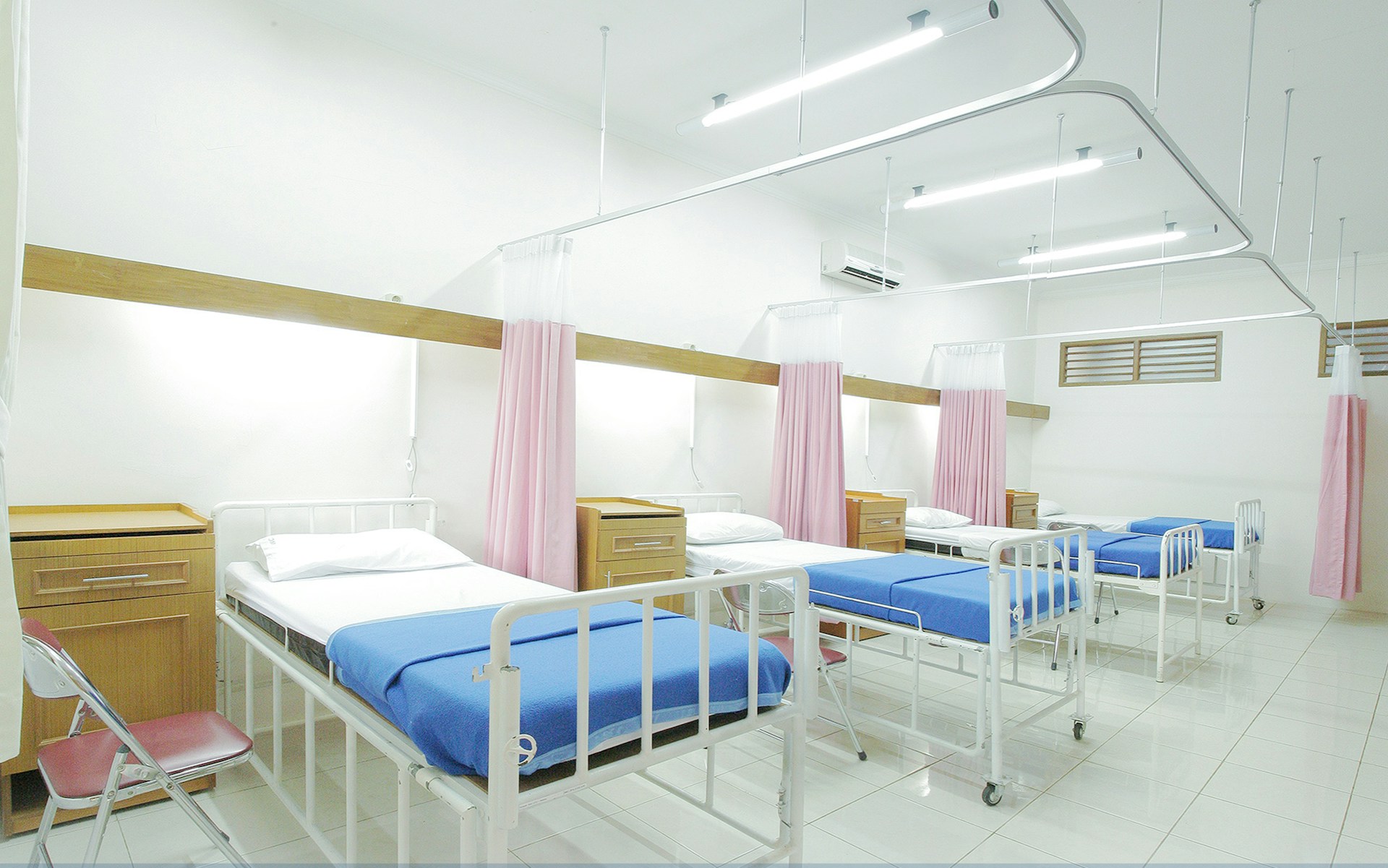The Critical Importance of Controlled Environments
In the temperature-controlled healthcare industry, maintaining precise environmental conditions within strict parameters is paramount for safeguarding everything from temperature-sensitive medical supplies, pharmaceuticals and lab reagents to ensuring proper operations of critical diagnostic equipment and instrumentation. Even the slightest deviations from optimal temperature, humidity or air pressure levels can lead to costly product losses, irreparable damage to sensitive instruments, and compromised testing accuracy that directly impacts patient care quality and safety. How can we go beyond legacy Environmental Monitoring systems?
Shortcomings of Legacy Environmental Monitoring Approaches
Legacy environmental monitoring have been an incredible operational-burden and labor-intensive process for most healthcare providers. With a array of disparate point sensors for temperature, humidity, air pressure and more scattered across facilities in an ad-hoc manner, teams have been forced to manually record and log data readings at each location. Not only is this process highly inefficient, wasting valuable staff time, but it is also susceptible to human lapses and error in compliance from missed readings or erroneous data entry. Furthermore, these fragmented monitoring systems lack the ability to provide a unified, enterprise-wide view of environmental data or rapidly trigger any intelligent automated alerting mechanisms when excursions occur. The data remains trapped in isolated silos, providing extremely limited insights or ability to derive operational intelligence.
Healthcare RTLS as a Converged Environmental Intelligence Fabric
The recent rise of real-time location systems (RTLS) purposefully designed for the healthcare space present a transformative opportunity to radically modernize previously cumbersome environmental monitoring practices. By leveraging the same robust infrastructure of wireless sensors and gateways deployed for asset tracking and visibility, RTLS solutions can seamlessly incorporate environmental sensors for temperature and humidity to create a cohesive real-time environmental monitoring fabric across an entire healthcare organization. Instead of dealing with disparate, orphaned data points, RTLS platforms automatically correlate and contextualize all environmental data streams in a precise location-aware manner using indoor positioning technologies.
RTLS Temperature Intelligence for Healthcare Operations
For temperature monitoring capabilities in particular, RTLS allows healthcare facilities to map nuanced heat signatures and continuously monitor refrigerated storage areas, laboratory workspace environments or biomedical equipment rooms with far greater accuracy than possible with legacy individual data loggers. By deploying dense grids of wireless temperature sensors, real-time temperature readings can be configured to establish automated alerting workflows if temperatures go outside a defined acceptable range in a specific zone or exceed allowable thresholds for duration-based compliance windows. This level of high-fidelity temperature intelligence provides healthcare teams with the ability to rapidly detect and remediate potential temperature issues before they escalate into losses or compliance breaches, rather than only realizing an adverse event occurred after the fact.
Pioneering Era of Smart, Connected Healthcare Environmental Monitoring
Looking ahead, environmental monitoring powered by healthcare RTLS will rapidly grow even more intelligent through convergence with other advanced Internet of Things (IoT) capabilities like geofencing and automated condition response workflows. Machine learning models applied to the rich historical RTLS environmental data could enable powerful predictive capabilities to forecast impending events and prescribe mitigation actions. Additionally, enhancing interoperability between healthcare RTLS environmental monitoring data and building automation systems will open doors to automatically implementing facilities adjustments for temperature or air quality corrections without human intervention.
Harnessing Ambient Data to Optimize Healthcare Facilities
The continuous ambient awareness and centralized environmental intelligence provided by healthcare-dedicated RTLS platforms is fundamentally transforming environmental monitoring practices across healthcare. By unifying previously siloed data streams for temperature and humidity into real-time location-aware monitoring dashboards, hospitals, labs and other healthcare facilities can finally achieve sustainable process compliance while safeguarding valuable assets and assuring ideal clinical conditions. This RTLS-driven aggregation of ambient facility data represents a critical foundational step towards optimizing healthcare infrastructure operations through data-driven insights, automated control loops and predictive capabilities in the future.

